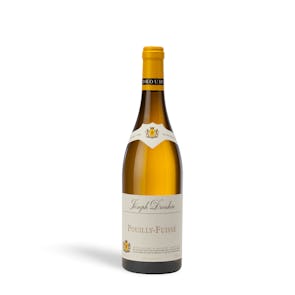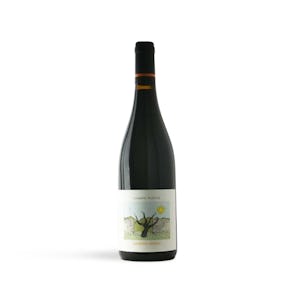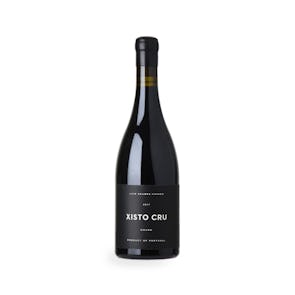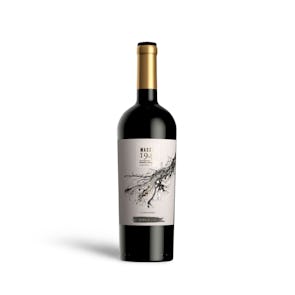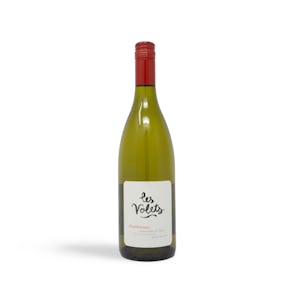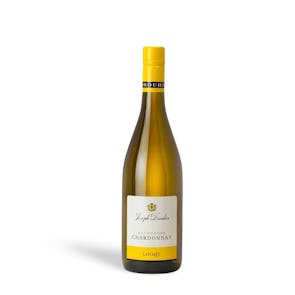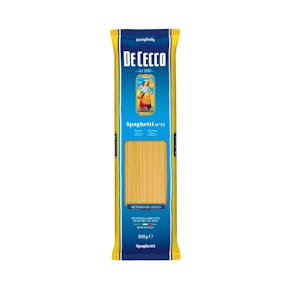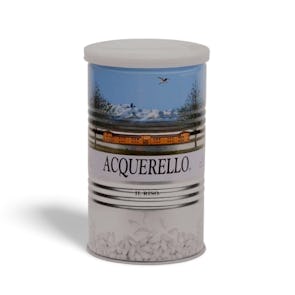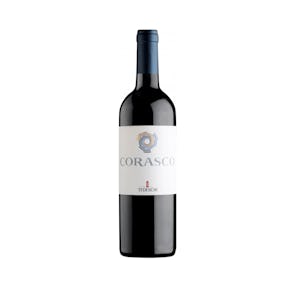



TASTING NOTES FROM THE CURATOR
Giovanni Rana uses only premium Italian ingredients in each one of their fresh pasta creations. Silky to the touch, delicate and firm at once, this pasta has a tenderness to it that is similar to ravioli. With light fillings that practically melt on the tongue, it is an experience to be savored.
- Tomato and Mozzarella – Fresh pulped tomatoes mixed with mozzarella and ricotta cheese gives this tortelloni an acidic bite.
- Spinach and Ricotta – The classic combination of spinach and ricotta melts on the tongue, perfect for tossing in a little butter or plating with a light, creamy base.
PREPARATION OR PAIRINGS
Because of their light fillings, tortelloni goes with a variety of sides and recipes. Have it with grilled chicken and pesto, over a broccoli salad, in an alfredo sauce, toss it with eggplant and sundried tomatoes or shrimp and spinach—the list is endless. Since the tortelloni is from Northern Italy, a wine from that region is a good choice, no matter the sauce. Try an Emilia Lambrusco or a Cabernet Sauvignon, something with solid structure and rich tannins to cleanse the palate between bites.
INSPIRED BY A GODDESS
Or a part of one, at least. Italian legends say that this pasta’s peculiar shape was inspired by the navel of the goddess Venus. She and Zeus reputedly stayed the night in a tavern on the outskirts of Bologna after a day spent meddling in a battle. The innkeeper watched them as they ascended to one of the bedrooms and peered into the keyhole to watch them in bed. However, all he could see was Venus’s navel. He was so struck by the sight that he raced to the kitchen to create a dish inspired by its shape. And thus, the tortelloni was born.
Or the tortellini. These two pastas have essentially the same shape, but the tortelloni is almost double the size of the tortellini and is commonly filled with a light cheesy filling. The tortellini, on the other hand, is usually filled with meat.
Storage Instructions
Professionally made fresh pasta can be stored in the refrigerator for 2 or 3 days in airtight plastic bags or containers. If you intend to freeze it for long-term storage, portion it off into air-tight plastic bags first and press out all the air. It will keep for 1 month. To reheat, take the pasta straight from the freezer and tip it out of the plastic bag into salted boiling water.


